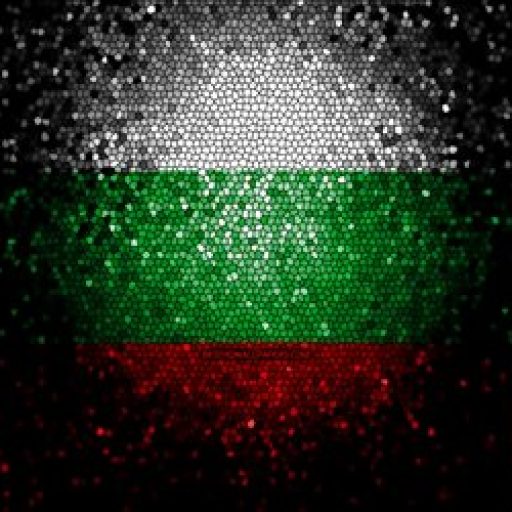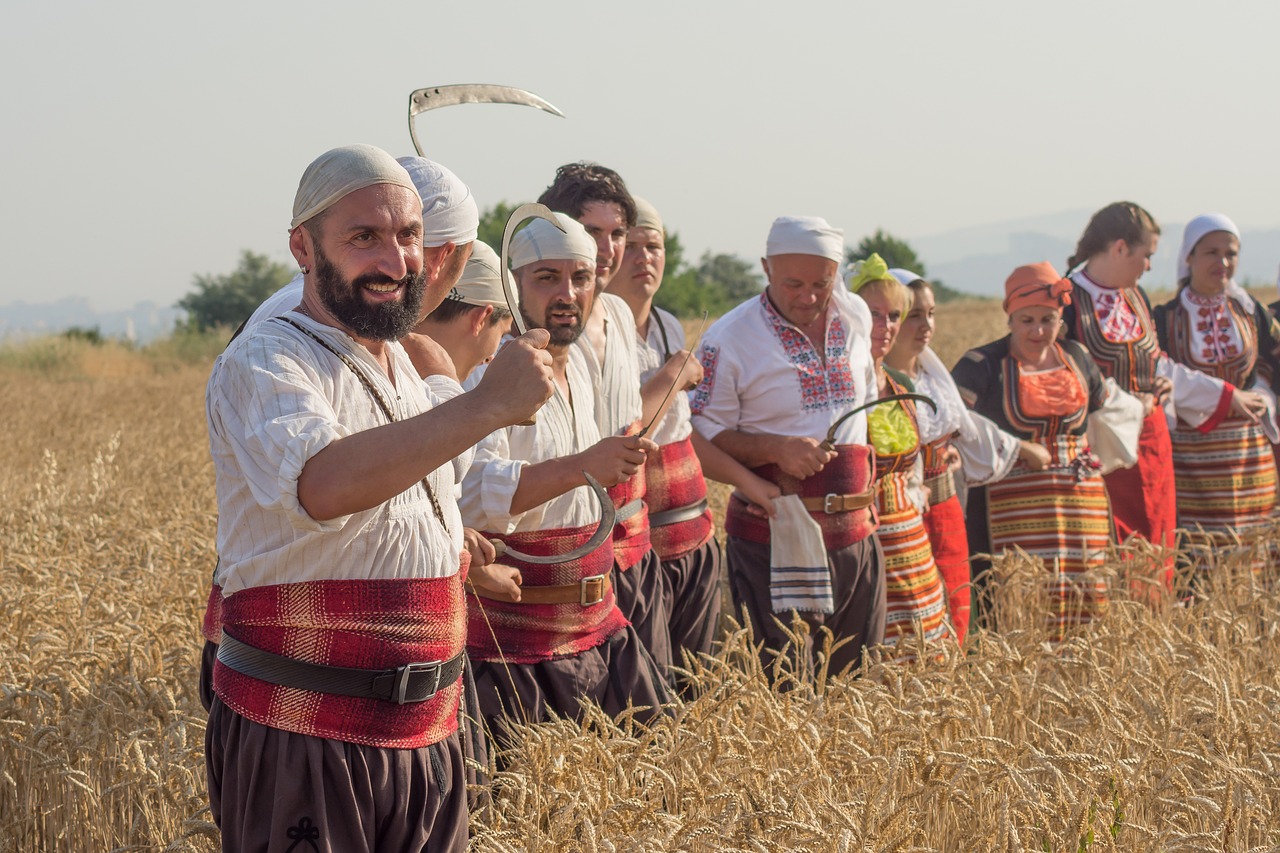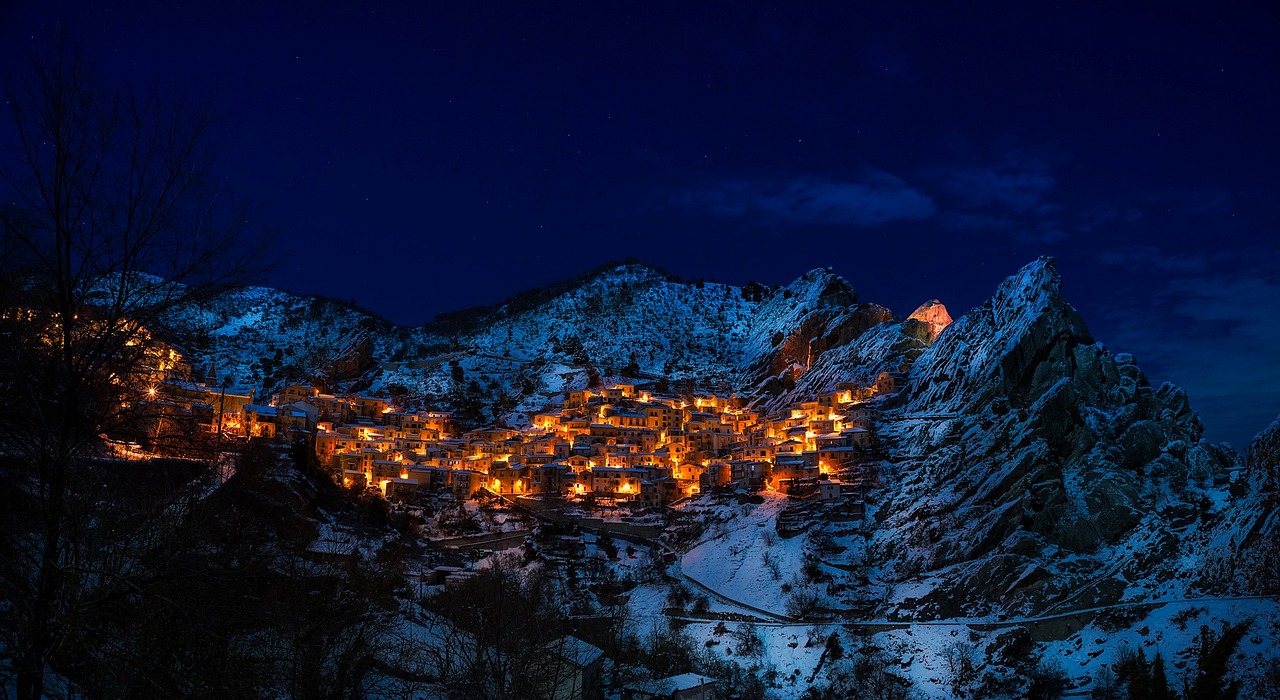Nestled within the serene Sea Garden of Varna, the Pantheon stands as a testament to the indomitable spirit of those who valiantly fought against the oppressive forces of fascism and capitalism. This historical monument, also known as the Monument of the Strugglers Against Fascism and Capitalism, serves as a poignant reminder of the collective struggle for freedom and justice. Originally established in 1959 to commemorate the anniversary of the October Revolution in Russia, the Pantheon has evolved into a symbol of resilience and resistance. With its powerful design and profound symbolism, the monument captivates visitors, showcasing two warrior figures, one wounded and the other determined to continue the battle. Additionally, seven stone reliefs depict various scenes, further enhancing the narrative of struggle and triumph. For those seeking a deeper understanding of this significant landmark, the Tourist Information Center offers valuable resources, including guided tours, lectures, and a virtual map. Embark on a journey through history and immerse yourself in the legacy of those who fought for freedom at the Pantheon.
Key Takeaways
- The Pantheon monument in Varna’s Sea Garden commemorates the struggle against fascism and capitalism.
- It was originally built on Turna Tepe hill in 1945 as a Common Grave and later relocated to Sea Garden.
- The monument features two warrior figures, one wounded and one continuing the battle, and seven stone reliefs depicting scenes of struggle and triumph.
- The architectural design of the Pantheon exudes solemnity and reverence, symbolizing the ongoing struggle for freedom.
Location and History
The Pantheon, also known as the Monument of the Strugglers Against Fascism and Capitalism, is situated in the Sea Garden of Varna and was established in 1959 to commemorate the 42nd anniversary of the October Revolution in Russia. This historical monument holds significant cultural importance in Varna and has had a profound impact on the local community. Originally built on the Turna Tepe hill in 1945 as a Common Grave for those who fought against fascism and capitalism, the Pantheon was later relocated to its current location in the Sea Garden. The monument features two warriors, one wounded and the other continuing the battle, symbolizing the resilience and determination of those who fought for freedom. The Pantheon’s seven stone reliefs on the ossuary depict various scenes, further adding to its cultural significance. Declared a historical monument in 1971, the Pantheon stands as a testament to the city’s history and the sacrifices made by its people.
Design and Symbolism
Located amidst a tranquil landscape of greenery and serenity, the architectural design of the Pantheon in Varna’s Sea Garden exudes an aura of solemnity and reverence. The monument’s design incorporates several artistic elements that contribute to its meaning and significance:
- The main figures of two warriors, one wounded and the other continuing the battle, symbolize the struggle against fascism and capitalism.
- The seven stone reliefs on the ossuary depict various scenes that further emphasize the themes of resistance and sacrifice.
- The Pantheon’s location within the Sea Garden, a place of beauty and tranquility, contrasts with the historical significance of the monument, highlighting the ongoing struggle for freedom.
The combination of these artistic elements and the monument’s placement in a peaceful setting creates a powerful symbol of remembrance and dedication to the ideals of freedom and resistance.
Tourist Information Center
Situated in the heart of the city, the Tourist Information Center in Varna serves as a valuable resource for visitors seeking practical information and guidance for exploring the surrounding attractions. The center offers a range of services to cater to the needs of tourists. One of the main services provided by the center is guided tours in multiple languages. These tours allow visitors to gain a deeper understanding of the historical significance and cultural heritage of the Pantheon. Additionally, the center provides practical information such as maps, brochures, and recommendations for other attractions to visit in Varna. This ensures that tourists have all the necessary information to make the most out of their visit. The Tourist Information Center in Varna plays a crucial role in facilitating a memorable and informative experience for visitors.
| Services Offered | Contact Information | Opening Hours |
|---|---|---|
| – Guided tours in multiple languages | – Phone numbers: +359 52 820 950 / +359 52 820 960 | – Summer season: 9:00 to 19:00 |
| – Practical information for tourists | – Email address: info@varnatourism.bg | – Off-season: 8:30 to 17:30 |
| – Lectures in various languages | – Located on St. Kiril and St. Metodiy Str. in Varna | – Open from May to September and from October to April |
Frequently Asked Questions
How were the bones of the fighters against fascism and capitalism originally discovered and collected?
The bones of fighters against fascism and capitalism were originally discovered and collected to create a Common Grave on Turna Tepe hill in 1945. They were later moved to the Pantheon in Varna’s Sea Garden.
What events or ceremonies are held at the Pantheon to commemorate the October Revolution in Russia?
Events and ceremonies held at the Pantheon in Varna’s Sea Garden commemorate the October Revolution in Russia, honoring the history of the revolution and the significance of the Pantheon as a symbol of resistance against fascism and capitalism.
Are there any specific guidelines or rules to follow when visiting the Pantheon?
Visiting guidelines for the Pantheon in Varna include respecting the historical significance of the monument, following any posted rules, and maintaining appropriate behavior. There is no specific dress code mentioned.
Are there any nearby accommodations or restaurants that visitors can consider when planning their trip to the Pantheon?
Nearby accommodations in Varna include hotels such as Hotel Capitol and Hotel Panorama. For local cuisine, visitors can consider restaurants like Happy Bar & Grill and The Little Things.
Is photography allowed inside the Pantheon?
Photography is allowed inside the Pantheon, with no specific restrictions mentioned. Visitors are free to capture the solemnity and historical significance of the monument through their lenses, preserving the memories of their visit.












